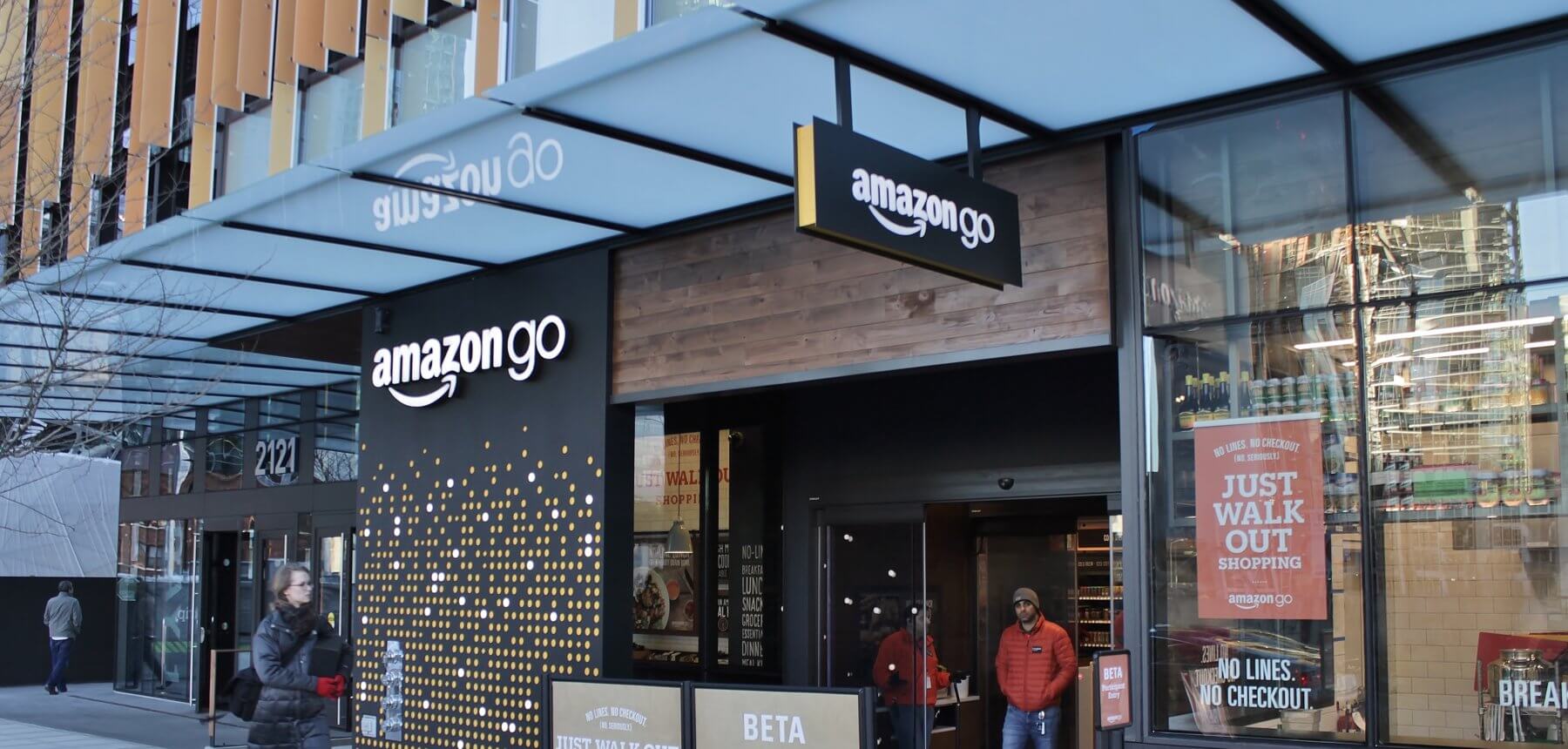Amazon has been suffering a decline in its share price, over 50 billion USD less in market cap value. This seems to have been triggered by a variety of factors including Trump’s more direct criticism of Amazon’s stronghold on retail, and the overall drop in market cap values of big tech companies, known as the FAANG club – Facebook, Apple, Amazon, Netflix and Alphabet’s Google.
Despite this, we expect Amazon will continue to remain at the front of every marketer’s mind for several reasons:
Consumers continue to shift their purchases from offline retail to Amazon, fueling the only growth that exists in a global retail landscape with little to no growth.
Amazon’s advertising is growing faster than its competitors (e.g. Facebook and Google).
New buying models continue to grow in terms of consumers’ adoption. For example, take Amazon Prime or Subscribe & Save, which are creating acute challenges for brands wishing to disrupt consumers’ established choices on Amazon. To put this growth in perspective, Amazon generated four million trials of Prime in one week, during the last Christmas season in the US.
Amazon has almost become synonymous with the biggest online retail days in the year; from retail events like Black Friday and Cyber Monday, to its own events such as Prime Day.
Large advertisers are already spending close to half of their yearly Amazon ad budget around these key moments and especially during the holiday season.
Amazon has strong penetration into CPG and retail companies but increasingly is becoming attractive to other types of companies, like automotive brands such as Mercedes, or sports apparel brands such as Nike.
Finally, overall all marketers are gradually adopting e-commerce as a marketing imperative.
There’s no doubt Amazon is accelerating fast. More specifically, 2017 revenues from advertising grew close to 60%. This will accelerate in 2018 with predictions of annual growth above 70%. In comparison, Google grew 20% year on year in 2017 and Facebook 49%. The quality of its in-market data and the increased sophistication of their offering, especially with their marketplace search offering, will continue to fuel this growth. By 2020, Amazon is predicted to become the third largest digital ad seller in the US, overtaking Oath and Microsoft.
As the third horse in the race to the top, we hope Amazon follows a path whereby it does not create a third walled garden. One key consideration is whether Amazon will be able to increase the size of the overall digital media landscape by attracting new types of budgets coming from trade marketing and sales teams. Finally, one to watch will be if Amazon decides in the future to incorporate advertising on its voice assistant Alexa.
One certainty though: if you do not have a clear view on how to work with Amazon whether it’s for retail or advertising, you need to develop it now!
SIGN UP FOR ZENITH INSIGHTS



